As we steer into 2025, individuals and businesses alike are witnessing notable shifts in insurance rates. Various factors are contributing to this trend, necessitating a deeper understanding to make informed decisions. Here, we explore some of the key drivers behind the rising insurance rates.
Climate Change and Natural Disasters
Climate change continues to exacerbate the frequency and severity of natural disasters, such as hurricanes, wildfires, and floods. Insurers are responding by adjusting their risk assessment models, which directly impacts pricing. The increased risk of property damage is leading to higher premiums for homeowners and businesses located in vulnerable areas.
Technological Advancements
While technology offers numerous benefits, such as more accurate risk assessments through data analytics, it also introduces complexities. The rise in cyber threats, for instance, is causing a spike in cybersecurity insurance demand and rates. As businesses strive to protect sensitive data, the costs associated with insuring against data breaches and cyberattacks are climbing.
Regulatory Changes
Changes in regulations and compliance standards are another significant factor. Governments are continuously updating policies to address emerging risks, which often leads to increased operational costs for insurance providers. To maintain profitability, these additional costs are frequently passed on to consumers in the form of higher premiums.
Healthcare Costs
Rising healthcare costs remain a persistent challenge. As medical expenses grow, so do the payouts required by health insurers. This drives up health insurance premiums for both individuals and employers. Insurers are adapting by optimizing their offerings and exploring innovative cost-containment strategies, but rate hikes still follow.
Market Conditions
Overall economic conditions and market competition also play a vital role in insurance pricing. Inflationary pressures can lead to higher claim costs, while market competition can influence how insurers price their products to maintain or grow their market share.
Understanding these driving factors can help consumers and businesses anticipate changes and make more strategic insurance decisions. By staying informed, they can better navigate the complexities of the insurance market in 2025.

